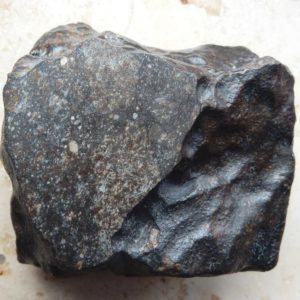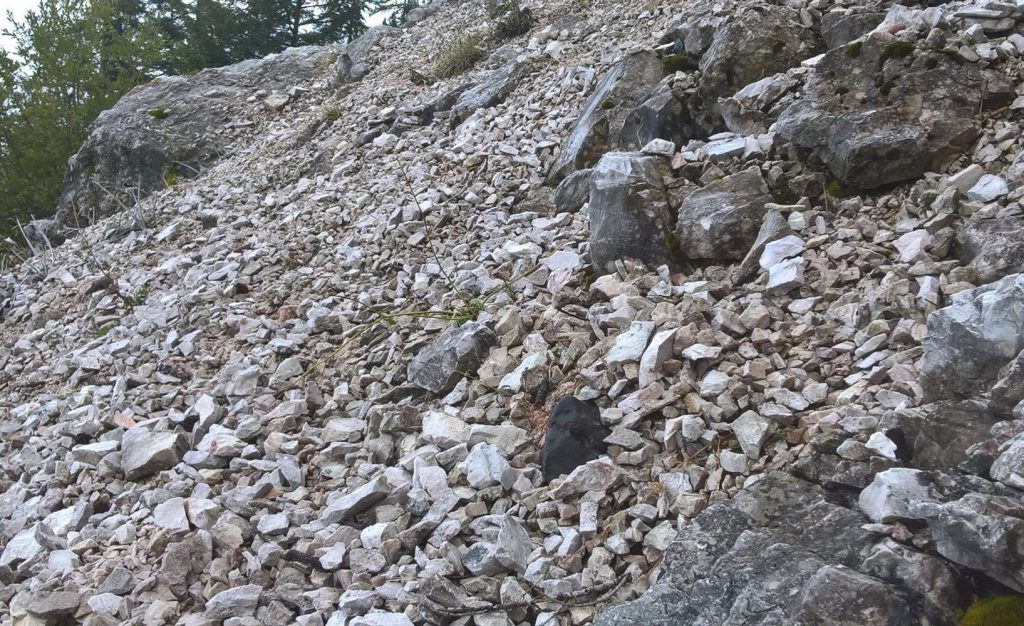
According to Meteoritic Bulletin entry, “Hocheppan” a H5 chondrite of 1.236 kg with mostly intact fusion crust, was found in October 2016 on a hillside covered with scree below Gantkofel mountain in Northern Italy. The appearance of the meteorite as seen in pictures from the find location raised questions about the authenticity of the find location and a debate whether the meteorite is in fact a transported desert find.
A forensic study by Karl Wimmer to address these questions included the thorough inspection of the find location, an extensive interview with the finder and detailed investigations of the meteorite features by XRF, Raman and microscopy.
Read the complete paper on karmaka.de here.
As the controverse continues, we encourage stakeholders in this topic to submit further research. Provided these contributions meet basic scientific standards, we will be happy to post or link further research and replies here.



